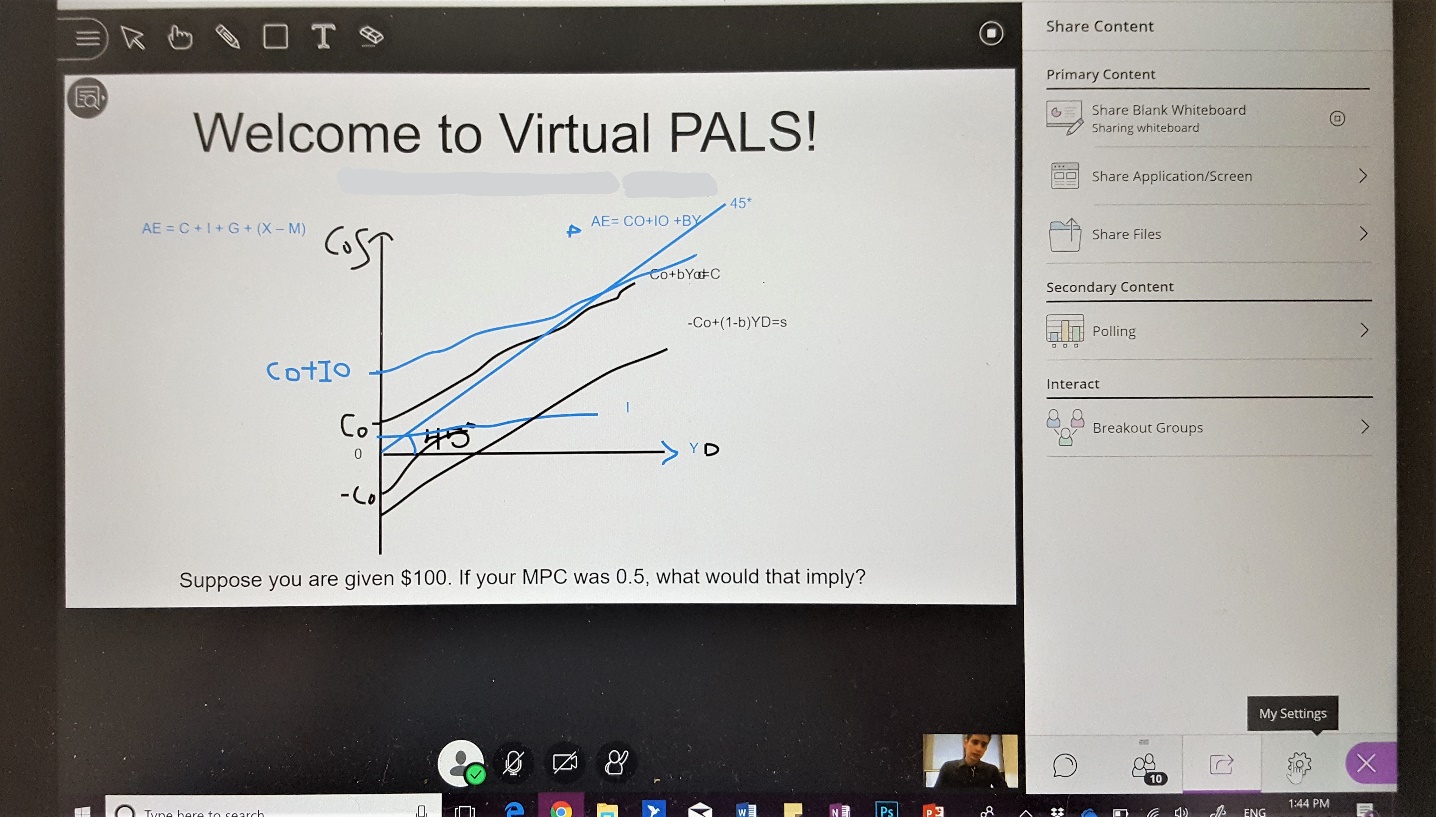5 Educational Development
Commitment to Open Education
It wasn’t until recently that I began to fully understand and appreciate the philosophy of open education and what it means to adopt open practice. I had been in the field for almost two years, working with and developing open educational resources, and incorporating technology in course design to benefit both students and instructors, but was still struggling with the overall purpose of open education. Technology can increase access for marginalized groups and non-traditional students, and OERs provide free or low-cost alternatives to expensive textbooks, saving students from additional financial burden. But more recently I came to value “open” as a social justice issue and an established pedagogy rooted in decades of scholarship and practice. My philosophy of “open” is based on the idea that students are whole beings who want to learn and should be given the agency to do so, and that educators should use their power and resources to improve the opportunities and experiences for all learners. When knowledge-holders become gatekeepers instead of campaigners, they perpetuate the cycle that keeps information in the ivory tower – hidded behind paywalls and obscure language. And when we realize the right of the public to information, knowledge, and opportunities for development, we are able to create a more genuine learning environment for everyone; opening doors for shared knowledge consumption and creation.
Course and Curriculum Design
I recently helped develop an entire curriculum, including five online courses and a practicum requirement, in collaboration with a team content experts, students, learning specialists, and administrators.
Curriculum Mapping
I created a complete, constructively aligned, curriculum map for the recently developed online graduate diploma in Industrial-Organizational Psychology. As part of this exercise, I collaborated with the subject-matter expert as well as the Centre for Teaching and Learning to ensure the learning outcomes for the program and individual courses were appropriate and aligned. I made an effort to ensure that the highest levels of the SOLO and Blooms Taxonomies were addressed with the learning outcomes, assessments, and teaching methods to be employed. Through this process, I also developed an infographic for students entering the program. This image gives a summary of the program-level outcomes, accompanied by a brief explanation of how these outcomes will be met; that is, what learning activities and assessments will lead to their attainment?

Engaging Online Learners
As part of this program development, I helped create a multitude of resources necessary for engaging online learners. For example, I got the instructor to film a series of introduction videos – for him, the program, and the first course – to include in a Lesson Zero. Students responded well to these, and they can be found at https://www.youtube.com/channel/UCBDKUPxcP6EO0dju4nN9M4A/videos.
I also helped create over 17 demonstration videos to be used in various ways to engage students with the course content and promote critical thinking. These included demonstration videos, and scenario videos that required students to watch, critique, or complete some relevant activity to apply and demonstrate their learning.
Beyond the asynchronous lessons, videos, and activities (e.g., discussion boards, quizzes), we also created opportunities for synchronous engagement whereby students would conduct structure behavioural interviews with each other using video-conferencing software like Blackboard Collaborate or Zoom. Students were expected to interview and provide feedback to one another in an effort to develop skills for both interviewers and interviewees. They were also able to apply the knowledge they had learned through the previous module on personnel selection and interviewing techniques, and witness various concepts come to life through this scenario.
Supplemental Instruction
I coordinate the University of Windsor version of supplemental instruction, which I call Peer Assisted Learning Sessions. I am responsible for all aspects of the program including hiring, training, administration, support, evaluation, research, and reporting.
Notably, we are one of the only institutions implementing an online version of supplemental instruction using Blackboard Collaborate. The image below shows and example activity being completed on a shared whiteboard, demonstrating the interactive nature in the online environment.

Although the program is still in its infancy (piloted 2017-2018, implemented 2019), preliminary results are promising. PALS is currently offered for two courses, with the hope of expanding into new courses for the upcoming semester.
Feedback from PALS Leaders can be found in Appendix G, and sample promotional materials are in Appendix H.
Resource Development
I have helped faculty develop various resources ranging from scripted demonstration videos, unscripted interviews, lightboard videos, infographics, syllabi, data visualizations, presentation slides, and an open textbook. Appendix I provides a sample of these resources.
Course Redesign Initiative
As part of a large, eCampus Ontario funded project, I managed a course redesign initiative that included eleven core team members including staff, faculty, students, and administrators. We completed a case study of a course redesign completed for two consecutive courses with high DFW rates. We implemented supplemental instruction and the creation of video tutorials, investigating all aspects of the course, the interventions, student feedback, student outcomes, and the process of the redesign itself.
As part of this project, I co-created the “Course Sketch” which was used as both a research method and a reporting tool for course (re)design processes. The framework for the course sketch can be found in Appendix J.
The culmination of this large project resulted in the creation of an institutional framework for course redesign to aid in similar projects undertaken at the University of Windsor, and to contribute to a centralized process for engaging in course redesign. The framework for course redesign includes a visualization of the process as well as an inquiry framework of questions associated with each stage, along with where and how to obtain the data, and which individuals or units should be involved. Please see Appendix K.
Feedback
Feedback regarding my work as an educational developer can be found in Appendix G.
